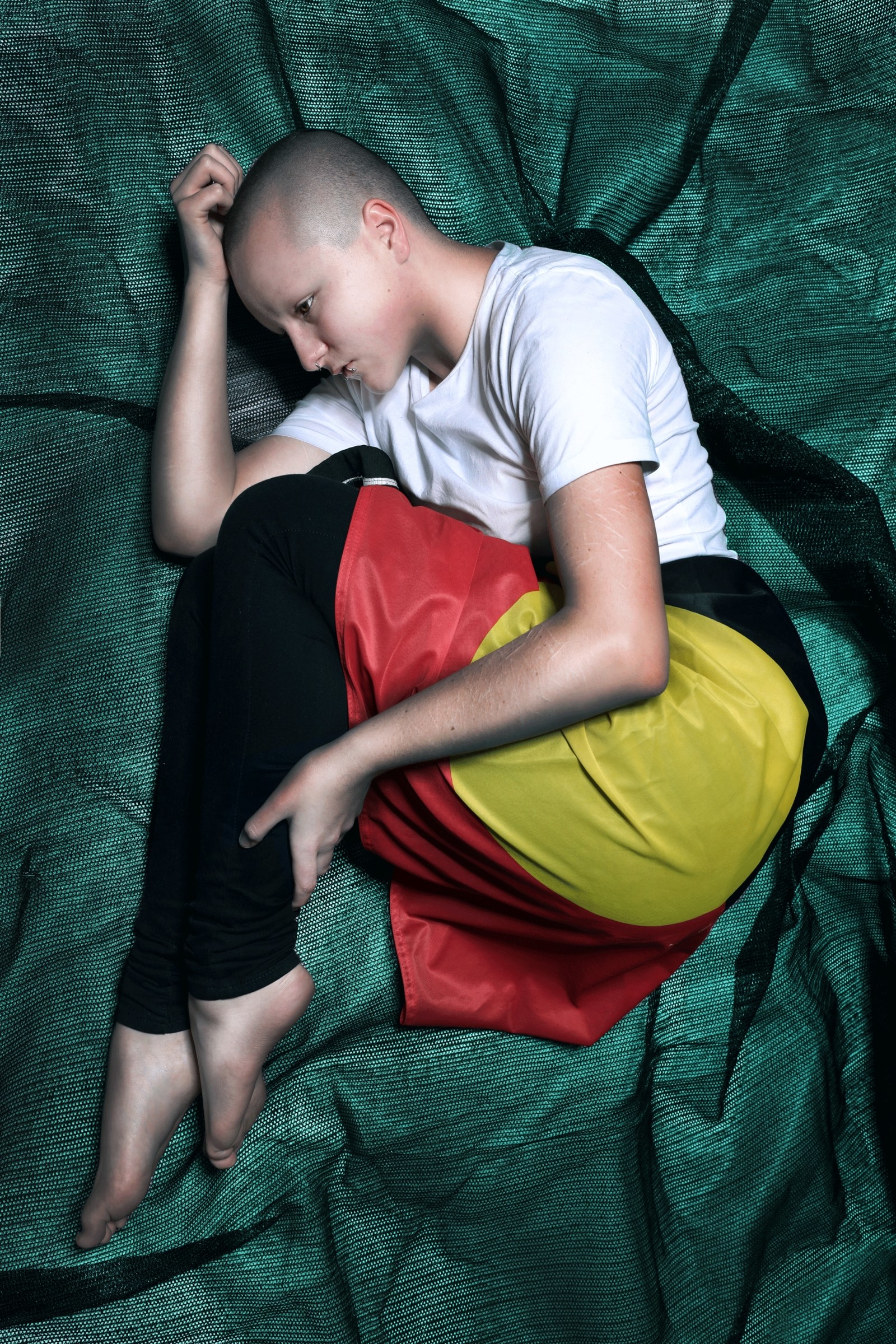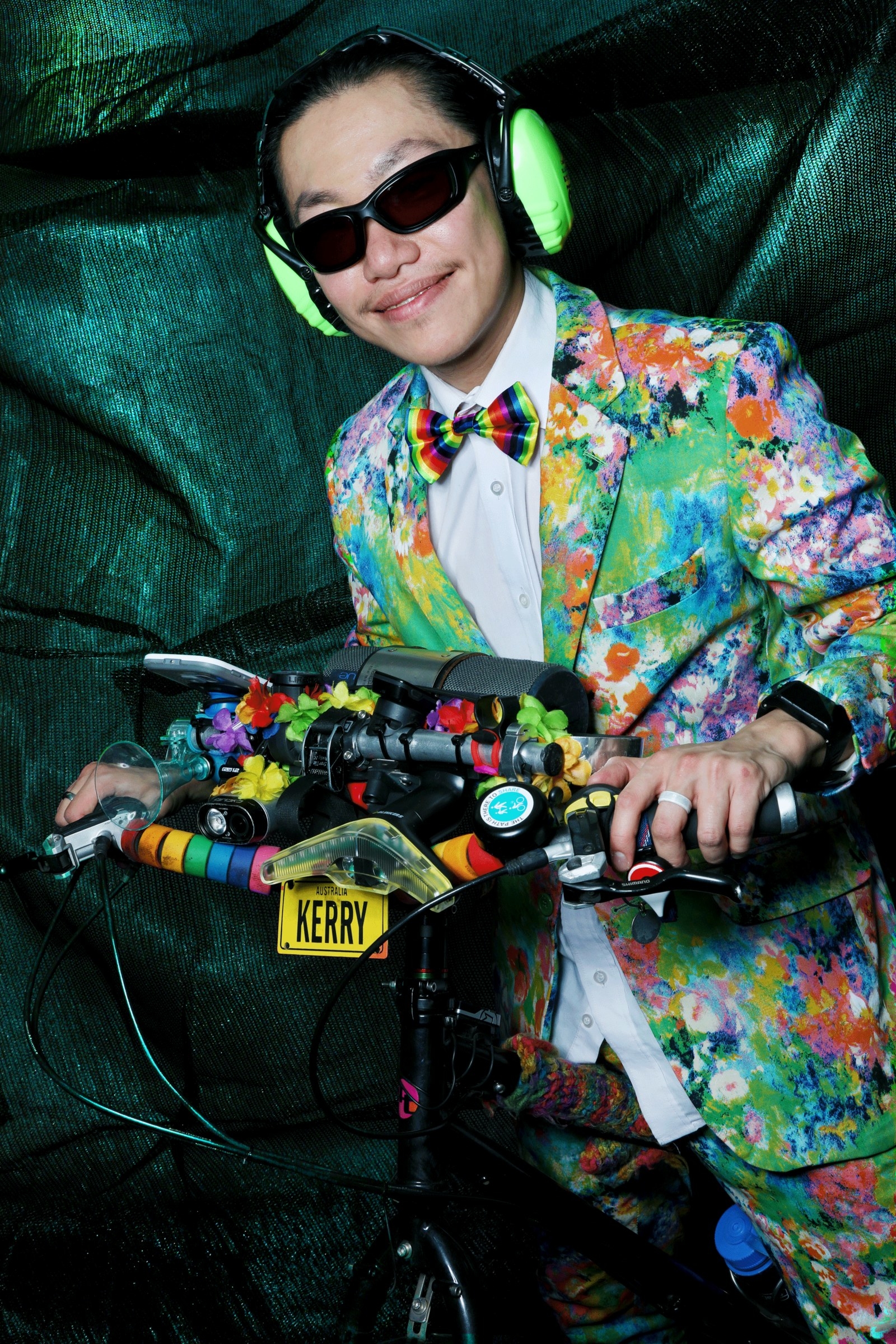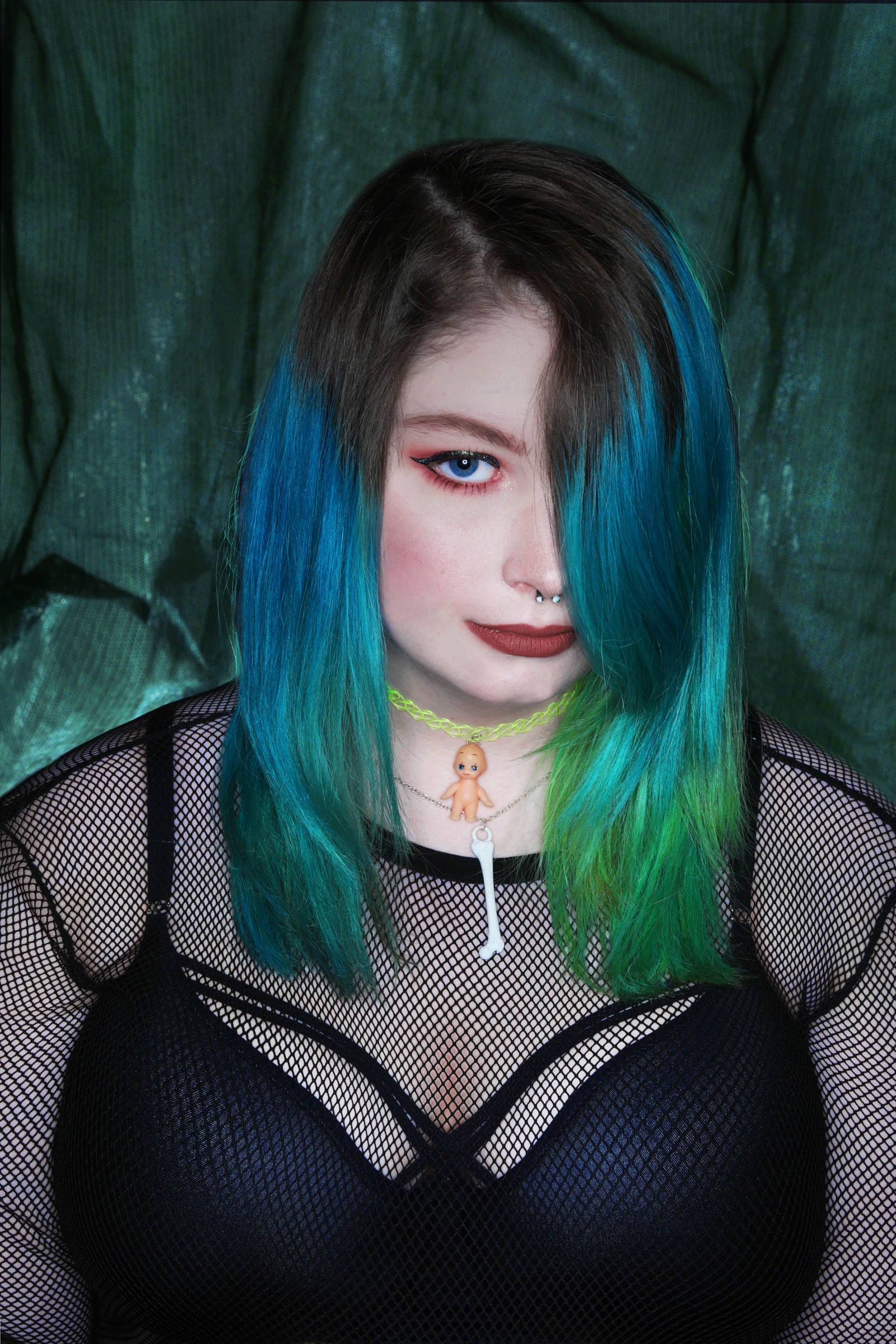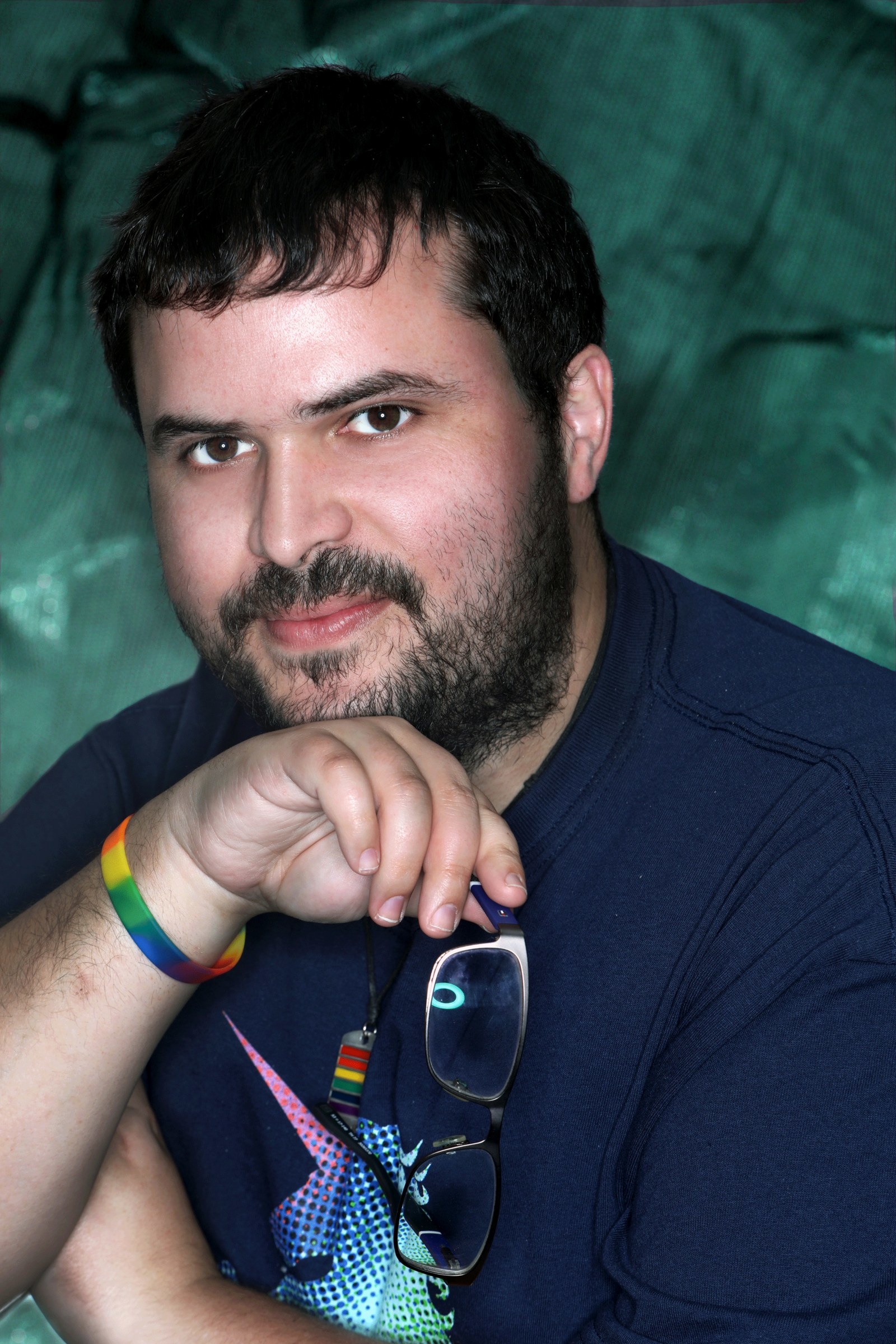Iz Connell believes there's a misconception that people with disabilities are either "asexual or hypersexual".

"There's an idea that people with disability don't go to events and don't attend queer parties and that we are incapable of consenting to any kind of sexual or romantic relationship we want," Connell told BuzzFeed News.
A portrait of the 25-year-old social work student is part of the Outing Disability collection by Sydney photographer Belinda Mason. The exhibition is now in its fifth year, with the help of Family Planning NSW, and aims to attack the "myths and multiple discriminations" LGBTIQ people with a disability can face.
"My disability is schizoaffective disorder," Connell said.

"If I look at photographs of myself when I take heavy duty psychotics, I'm often swollen and sore and my face puffs up and I get a distended abdomen.
"I look at [the portrait of me] and I think yeah I could be smaller or more slender, but then I realise that a lot of that idea of looking perfect is because society tells me as a woman that I have to look that way."
Connell is a lesbian and said she's had some "really offensive questions" about her mental health from prospective sexual partners in the past.
"If you tell people that you've been hospitalised in the past, or that you've heard voices, or you've taken antipsychotic medications, people ask so many questions and they wouldn't ask those questions that intimate when it comes to a physical disability," she said.
Mason asked this year's six participants to dress themselves and Connell chose to wear a latex bra and briefs.
"It is what I'd wear to many club nights," she said. "I've had dykes pick me up from bars in this outfit."
Sydney man Kerry Chin wore bright colours to show that "being aromantic and asexual doesn't mean boring".

"The ear muffs and the sunglasses are one way I can put some visual representation of being autistic, as part of the condition is that I am both highly sensitive to both noise and light," Chin told BuzzFeed News.
"Being transgender, I wore clothes that are unambiguously made for men, but that is not as much of an important part of it."
Wearing ear muffs in public has "opened up a whole new world of socialising and being in the community" for Chin.
"I find that at a lot of LGBTQI+ events asexual people tend to be fairly underrepresented and I wanted to make a point to represent the community," he said.
"While there is the issue of desexualisation of people with disabilities, not just autism, people also deny us the agency to claim our asexuality and aromanticism."
Chin said in his early teenage years, when his friends "started to speak about crushes and who they find attractive", he realised he was asexual.
"I found out about all of those things relatively early on and I accepted this was, as a matter of fact, who I am, but not everyone is so lucky, and a lot of people struggle trying to figure out what is wrong with them, and that is why I believe it is so important to be visible and open about things."
Sydney student Harley Mahon wore a fishnet top for the shoot.

The 18-year-old, who identifies as non-binary and uses the pronoun they, said they wanted to help raise awareness of people like them, "with intersecting identities as both queer and living with a disability".
"I have autism and it can be hard to find a space within the queer community," they told BuzzFeed News. "I came out as bisexual when I was 12 or 13 and was told it might be a phase, but I shut it down very fast and I was like 'nah it is not a phase'. I also identify as aromantic because I don't experience romantic attraction."
Mahon said having autism limited the way they could meet other people.
"Some people might not like me because of how I can't put words together," they said. "It can be hard socially at times, and in venues I find it harder to go if it is super crowded."
Mahon said they were lucky to have accepting parents.

"I went to a Catholic school and I didn’t really understand there was something between male and female and gay and straight and I found out 'Oh you can be bisexual, there is a spectrum to this stuff'."
Family Planning NSW's health promotion manager Rob Hardy said the series, which exhibited in Sydney last month, showcased the "true diversity of the LGBTIQ community, which includes people with a disability".
“This exhibition is a great triumph for the participants involved, as sexuality can be a silent, ignored and invisible aspect of the lives of people with disability," Hardy said.
“There is a social taboo around the fact that people with disability have diverse sexuality and gender, like anyone else — so there’s a great satisfaction in being able to tell the world ‘This is me!’."
